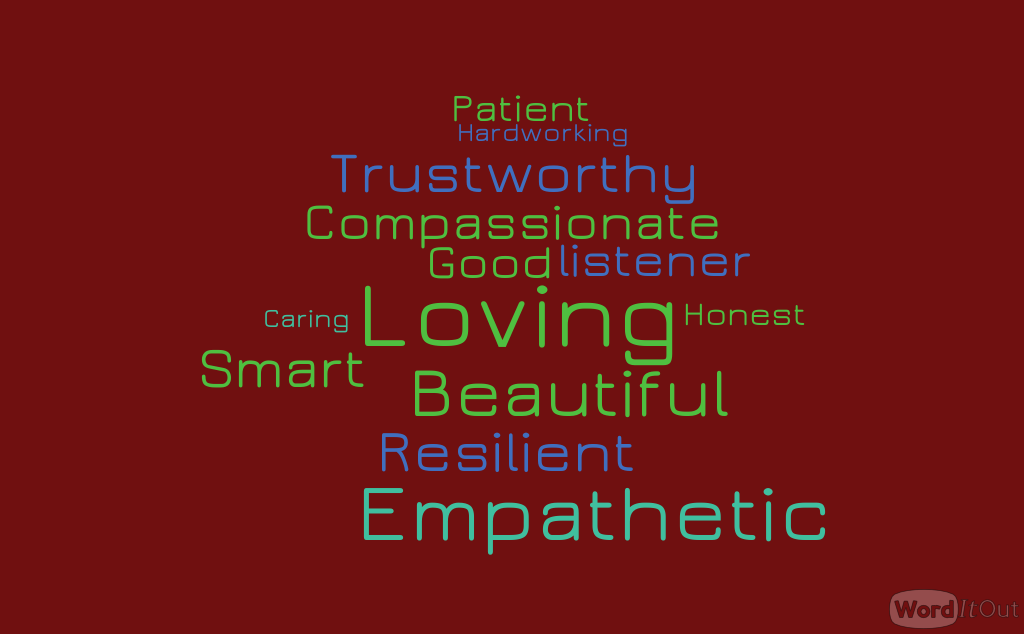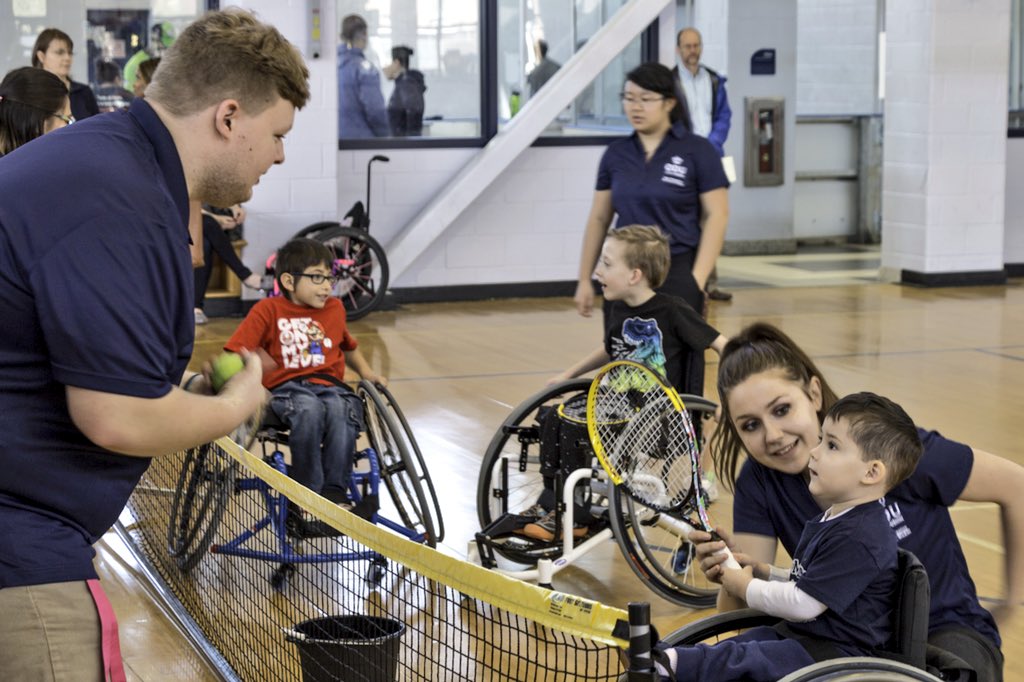Blog: 10
In blog post 1 I expressed how I wanted to be more aware of other cultures and how I wanted to develop adequate skills that will allow me to better engage with culturally diverse individuals. I feel as though I sufficiently achieved my personal goals as well as the course objectives. I did not know what to expect from this course at the beginning of the semester, but I have learned a great amount of knowledgeable information that can be applied to my daily life. If I was to take this course again I would improve my note taking skills and increase the length of my blog posts. Academically I have improved significantly over the past couple of months as I have gained a lot of new and useful knowledge. One skill that I have learned this semester is to be interculturally competent. To be interculturally competent is to be aware of and to respect other cultures. It is important to be interculturally competent in my professional life because I will be working with many culturally diverse individuals. I need to be able to communicate and engage with others from culturally divers backgrounds.

I chose this image above because it demonstrates how much material I have learned this semester.
Blog: 9
In this class, I learned about the intercultural sensitivity model, gender roles, and how culture plays a part in gender roles. The intercultural sensitivity model addresses how one responds to other cultures. More specifically it explains one’s ability to accept, understand and respect cultural differences. The stages of this model include denial, defense, minimization, acceptance, adaptation, and integration. Gender roles are the ways in which society expects a man and woman to behave and think. It is the idea that a man should be emotionless and independent while a woman should be nurturing and dependent. Lastly, culture plays a part in gender roles in many ways. First and foremost, gender roles are traditional and can be universal across many different cultures. Secondly, gender roles can be either be sociobiological or sociocultural.
I believe that blog post 8 which discusses culture and emotion relates to assignment 3 which discusses culture and gender. Culture plays a big role in many of our behaviors. Cultural norms affect how individuals express their emotions and I believe that this concept indirectly plays a factor in gender roles. This is due to the idea that the emotions both men and women elicit are different. In America, it is socially acceptable for a woman to be emotional in public while it is not socially acceptable for a man. While in another country this concept can be the total opposite.
In another class I took previously, gender roles were described from a societal perspective. I was taught that gender roles are adapted which is the same concept I learned in this class. The only difference between the two classes is that I was not knowledgeable on how much culture factored into gender roles as well. I also did not know that gender roles were different across cultures I thought it was a universal norm.

https://www.oprah.com/home/organizing-strategies-training-your-brain
Blog: 8
Cultural norms play a big role in emotion expression. In college there are many individuals of different cultural backgrounds. Throughout campus, I have noticed that American students tend to be more expressive of their emotions in public, whether they are frustrated, excited, or sad. In comparison to American students, students of other ethnic backgrounds conceal their emotions more in public. I did not have any expectations of their behaviors because I did not know that culture played a role in emotion. Cultural display is defined as the management of how someone displays their emotions in different social settings. This ideology explains the experiences I have on campus.
I chose the image below because it demonstrates expressive emotions across different ethnicities.

Blog: 7
I believe that fairy tales reflect cultural norms and values. Fairy tales have been around for a long time and has evolved over the years in terms of content. Fairy tales are deeply rooted in traditions, beliefs, and values. As cultural norms change so does fairy tales. I think that egalitarian roles should not be implemented into fairy tales because children are too young to understand this controversy. Implementing egalitarian roles in fairy tales is not much of a bad idea, but I believe it will potentially confuse young children. If the main characters have egalitarian roles in fairy tales, then children will grow up believing we live in a world where gender roles do not exist. This will confuse young kids because as they get older they will realize that men and women are not so equal as fairy tales portrayed them to be. Children should learn about gender roles in another way other than in shows and movies. I remember watching this movie as a kid, which I cannot remember the name of, where the main character influenced me to be true to myself and to always love myself.
I chose the image below because it represents inclusiveness. This picture depicts men and women of different cultures and ethnic backgrounds.
Blog: 6
Self-determination theory focuses on motivation. This theory states that all humans share three psychological needs, autonomy, competence, and relatedness. Autonomy is when a person has feels they have a choice in their behaviors and endorse their actions willingly. In other words, they are in charge of their behaviors. Competence refers to being effective in an activity. Relatedness refers to the sense of feeling connected. In terms of academics, I satisfy all the needs of autonomy, competence, and relatedness. I feel autonomous in the classroom when I willingly take the time to study and learn new materials. I feel competent when I can effectively complete an assignment or do well on an exam. Lastly, I satisfy the needs of relatedness in the classroom because I feel as though I am closely connected with my professors. My professors are kind, respectful and genuinely want to see me succeed in college and life.
The image below depicts relatedness. I chose this image because I think that relatedness is the most important concept in relation to academics. Teachers who genuinely respect and care about the success of their students make them feel more motivated to learn.

Blog: 5
I am beautiful, I am compassionate, I am loving, I am intelligent, I am a hard worker, I am Sera’s lover, I am outgoing, I am respectful of others, I am selfless, I am resilient
I am a person of many characteristics. Based on my statements I am a very positive, heartfelt and caring person. I think my strongest attribute is how compassionate and selfless I am towards others. Numbers 1,2,3,4,5,7,9, and 10 are associated with independent construal of self. Numbers 6, and 8 are associated with interdependent construal of self. An example of an independent self proverb is, “be who you are no matter what.” An example of an interdependent self proverb is, “treat others how you want to be treated.” It was easy for me to come up with proverbs that reflect both independent and interdependent self. I think this is due to the fact that I align with both construal of self.
I chose the image below because it shows how I align with construals of self.

Blog: 4 Overall, I did pretty well on the test, as I got a 92/100. I will be shooting for a 100 on the next exam. As for my notetaking strategy, they can be improved by being more specific and detailed. The study guide really helped me prepare well for the test as it was a refresher of all the knowledge I learned. The only downfall I had from the study guide is that it was not complete. This caused me to not be knowledgeable of a few questions. This review helped me understand what I need to do to better prepare for my next exam. In preparation for my next exam, I now know that should step up my notetaking skills, and start the study guide earlier in advance. Doing so will allow me to be more competent in all the topics I need to know in order to be successful on the next exam.
The image below depict my study guide. I chose this image because it demonstrates how I prepared for my exam.

Blog: 3 Personality is a combination of one’s characteristics that make up their identity. For this assignment I took the NEO personality test which measures 5 domains of personality. These include are openness, conscientiousness, agreeableness, extraversion, and neuroticism. The scores from the test matched up perfectly with my personality and was very consistent. For agreeableness I had a very high score. I believe my scores for agreeableness matched perfectly because one of my best traits is how compassionate and caring I am. For conscientiousness I had a high score. My scores match great for example because I consider myself very organized and I am always on top of my task. For extraversion I had an average score. At times I enjoy being social, and other times I like to be alone. For openness I am a very creative person. For neuroticism I had a low score. People who score high in this domain experience a lot of stress and are not really great at dealing with stressful situations. On the other hand I am very resilient.
I chose these adjectives because they describe who I am as a person. I feel as though these adjectives are my best traits.

Blog 2:

This is a picture of Mighty Monarchs which is a program I volunteered at. Mighty Monarchs is an adaptive sports program for children with disabilities and or mental illnesses. I chose this picture because on that day I knew that Recreational therapy was the right career choice for me. That day was the first time I ever worked with kids with disabilities and I loved it. I love working with kids and I love the fact that within my career I can help make a huge impact on kids lives.
A life value that is important to me is being a role model and setting an example to those who look up to me such as my little brothers and close family members. Not many of my family members attended college and if they did they did not finish. I am a first-gen student and graduating will be a huge accomplishment in my life. I look forward to graduating that way I can set a positive example for my younger brothers and hopefully set a precedent in my family. College is not for everyone, but I want to show my family that many great things come from continuing higher education. My mother played a large role in my decision to go to college. Although it was my ultimate decision, my mother always wanted the best for me and motivated me to pursue my dream of earning a degree in the health care field. Here I am three years later majoring in Recreational Therapy, with one more year until I graduate.
Blog 1:
The course objectives outline many goals that we should be able to achieve by the end of the semester. The learnings from this course will benefit me in ways that I will apply the knowledge when engaging and interreacting with culturally diverse individuals. We live in a large melting pot where we will interact with diverse individuals each and every day. Consequently, it is important to be interculturally competent as to show a form of respect and inclusion. From this course, I want to develop a sense of awareness of other cultures and hope to develop skills that will allow me to better communicate and interact with people different than myself. To ensure my success in this course I will stay on top of my notes and thoroughly read each chapter. Also, I will try to integrate the knowledge I gain from this class into my daily life, that way I can progressively build those skills.
Intercultural Sensitivity Model

Developmental Model of Intercultural Sensitivity – Organizing Engagement
This image is of the intercultural sensitivity model. This model outlines how individuals engage with and react to cultural differences in six stages. I chose this image because this model was insightful, informative and I enjoyed reflecting on which stage of development I align with. I mostly aligned with the acceptance of difference stage. This model is important because it allows for individuals to understand their strengths and weaknesses when it comes to interacting with culturally diverse people.